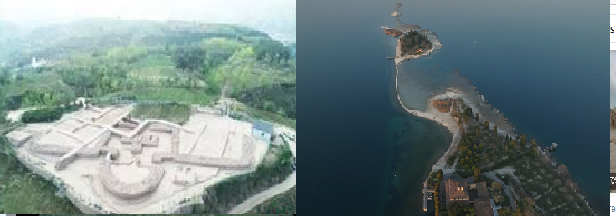Thousands of years ago, a sprawling city along the banks of China’s Yellow River thrived. For years, archaeologists have been at work uncovering the city’s history, and now, they are sharing their findings.
The Shanxi Provincial Institute of Archaeology shared its final report from the Bicun archaeological site on Feb. 16, according to the Institute of Archaeology at the Chinese Academy of Social Sciences via China News Network. The site, which dates to about 4,000 years ago, is the largest and best preserved city of its kind.
Here are the most important discoveries at the site.
Security and cultural connections
Surrounded by rivers, ditches and fortified walls and gates, experts said the Bicun site is a breakthrough in understanding the kinds of security measures used during the Longshan era — which was a cultural period lasting from about 2600 to 2000 B.C.
The city’s walls included various gates and piers making entry challenging, according to the institute.
The city’s walls included various gates and piers making entry challenging, according to the institute.
Entering the city would have been a challenge that involved passing through a north and south gate as well as several stone walls, according to archaeologists.
Despite its complex security system though, the site was a key part of China’s prehistoric cultural exchange, being in a prime location at the mouth of the Yellow river, about 400 miles west of Beijing, the institute said. The city connected Shanxi and Mongolia with southern Shanxi, which was crucial for cultural interactions in the region.
Traditional urban planning
At the center of the site is the city’s core building complex, composed of a group of stone buildings that center on an interlocking house site, archaeologists said. The complex is surrounded by stone retaining walls.
Experts said the city follows a Central Axis plan — which is “a classic model of ancient Chinese urban planning,” according to The United Nations Educational, Scientific and Cultural Organization.
The old city of Beijing, which was constructed beginning in the mid-13th century, also exhibits a Central Axis structure based on the “ideal city plan in traditional Chinese culture,” UNESCO said. The city was built along this axis to link important public buildings. As it continued to develop, halls, palaces, temples and gardens were added,



















